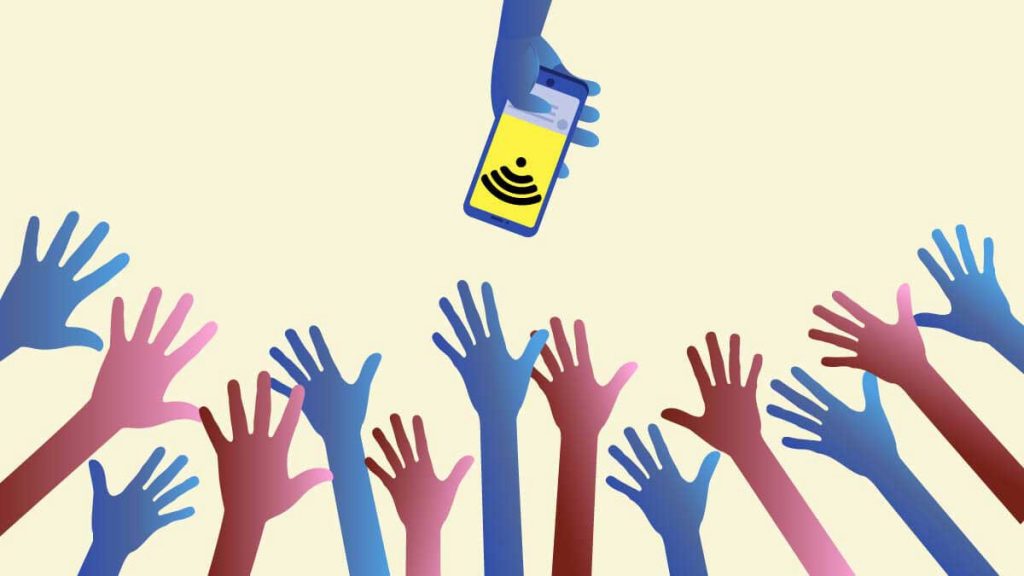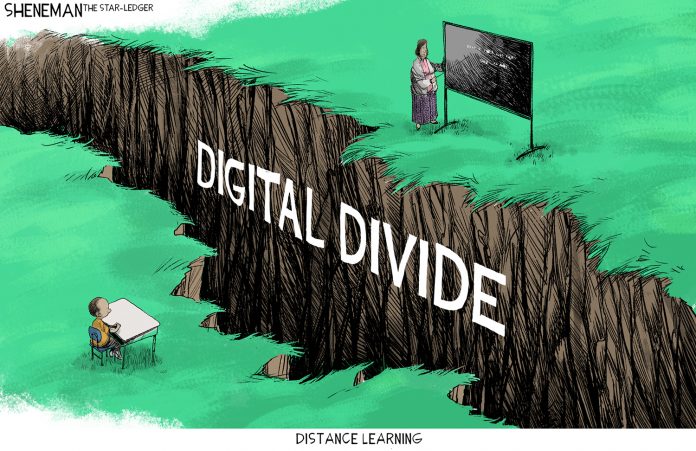In what comes as absolutely heartbreaking news, a 13-year-old student from Odisha’s Rayagada district lost his life in an attempt to access something as basic as primary education due to the presence of the digital divide; something which has widened even more during the pandemic lockdowns.
The 13-year-old-boy, named Andriya Jagaranga was a student of a missionary school in Cuttack who had been attending online classes from his home as a consequence of the months of lockdown. As his mobile wasn’t receiving a proper signal on the day the accident occurred, Andriya went to the hilltop in search of network. Since it had rained heavily, he slipped from the hill and fell down. He was rushed to the hospital where he succumbed to his injuries and was declared dead.
That’s the kind of harsh reality that the young students of our country, especially those belonging to the economically weaker sections and rural population of our society are undergoing. This and such other incidents have brought to the forefront the ever-widening digital divide that exists in our country.

The gates of schools and colleges of India have been shut for more than a year now. There is no denying that educational institutes, private as well as government, began with online education soon after the whole country entered into lockdowns. The implementation of it, however, was complete chaos. Even after one year of online education, students are struggling with online classes due to poor technological infrastructure and the widening digital divide.
What is digital divide?
The digital divide is a gap between those who have access to digital technology like computers and internet connections and those who don’t have access. Digital divide denies people access to good quality digital technology for the purpose of accessing education, work, and essential information. In a world that is so heavily dependent on technology, imagine having no digital devices and internet.
India has the second-largest internet user base in the world having more than 630 million internet users. India is also the only country where data prices are cheap even for the poor can afford. Nevertheless, India still has a wide digital divide. A majority of India’s population, more than 60%, resides in rural areas where internet connectivity is considerably low. To put it simply, for every urban bred person having an internet connection, every rural person lacks one. Besides, although the data pack made available by telecommunication companies is cheap, the devices required to make use of the internet aren’t.
After schools shifted to online education post lockdown, families who used to earlier earn and run their monthly expenses in just 5,000 Rs were forced to spend around 15,000 Rs to buy a smartphone for their children to keep their education going. Further, if a family had more than one child, accessing education for all with just one smartphone due to economical constraints became challenging thereby affecting children’s education.
Poor families who were once couldn’t afford to buy groceries due to a shortage of money now began facing the added burden of monthly data recharge. Many who were extremely poor could not even afford to buy a separate smartphone for their children who then had to wait for their parents to get back home from work.
It is also crucial to note that out of the total number of mobile phone owners in India, only 42% of the owners had smartphones. Moreover, with the pandemic hitting the economy so hard and the loss of jobs, this percentage is only coming down.
While these issues have continued to haunt the parents as well as students, lack of good quality internet connection and technological glitches have made life for students even more miserable. Those staying in extremely remote or hilly areas find it especially difficult to communicate or access online classes seamlessly. Constant logging out of students, especially during online exams have taken a toll on their academic. To add to that parents and students of many schools and universities have also complained about the authorities not cooperating at all.
Gender Inequality has risen
Digital Divide has also shot up gender inequality. In a country where any ‘extra expense like education’ on daughters is considered a burden, most families chose to withdraw their daughters from schools and colleges. Most parents were also reluctant to trust their daughters with separate mobile phones.
Illiteracy is always a hurdle
Digital divide is not just about lack of internet connection, it is also caused by a lack of education and literacy. Many parents themselves weren’t literate enough to use these technologically advanced devices, software and other services. This created a lot of confusion among parents, students as well as teachers. Many teachers themselves weren’t updated with the latest technology. Hence the transition from classroom teaching to virtual/online teaching was a mammoth task.
The pandemic brought to the surface challenges which otherwise would have never been identified. It brought to everyone’s notice, how our country lacks this infrastructure and needs to take rigorous steps to address these issues. Now, with the third COVID wave just around the corner, it seems like schools and colleges are still far from reopening their gates to their students and thus, it becomes all the more important for the concerned authorities to take corrective step to better online education in India.






























